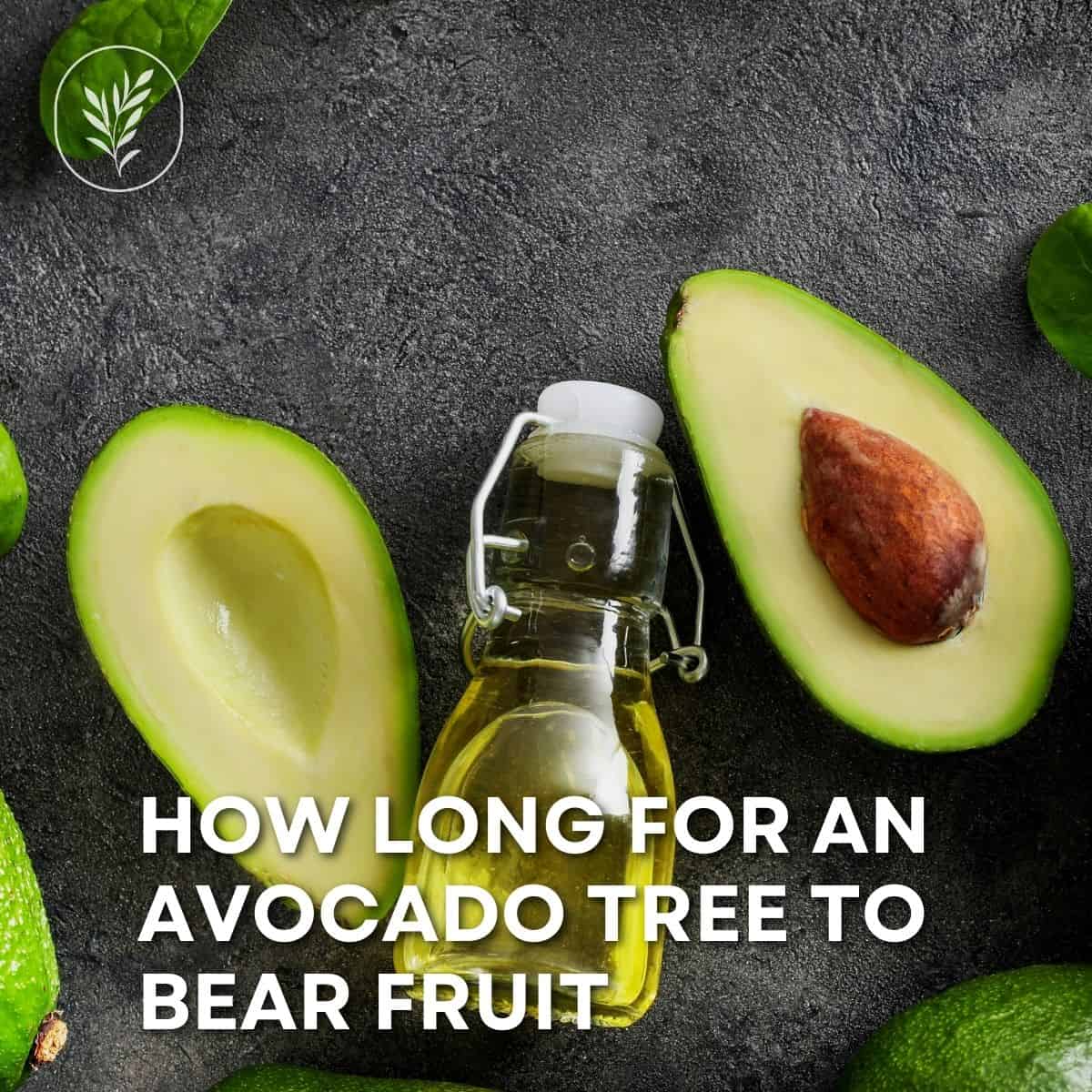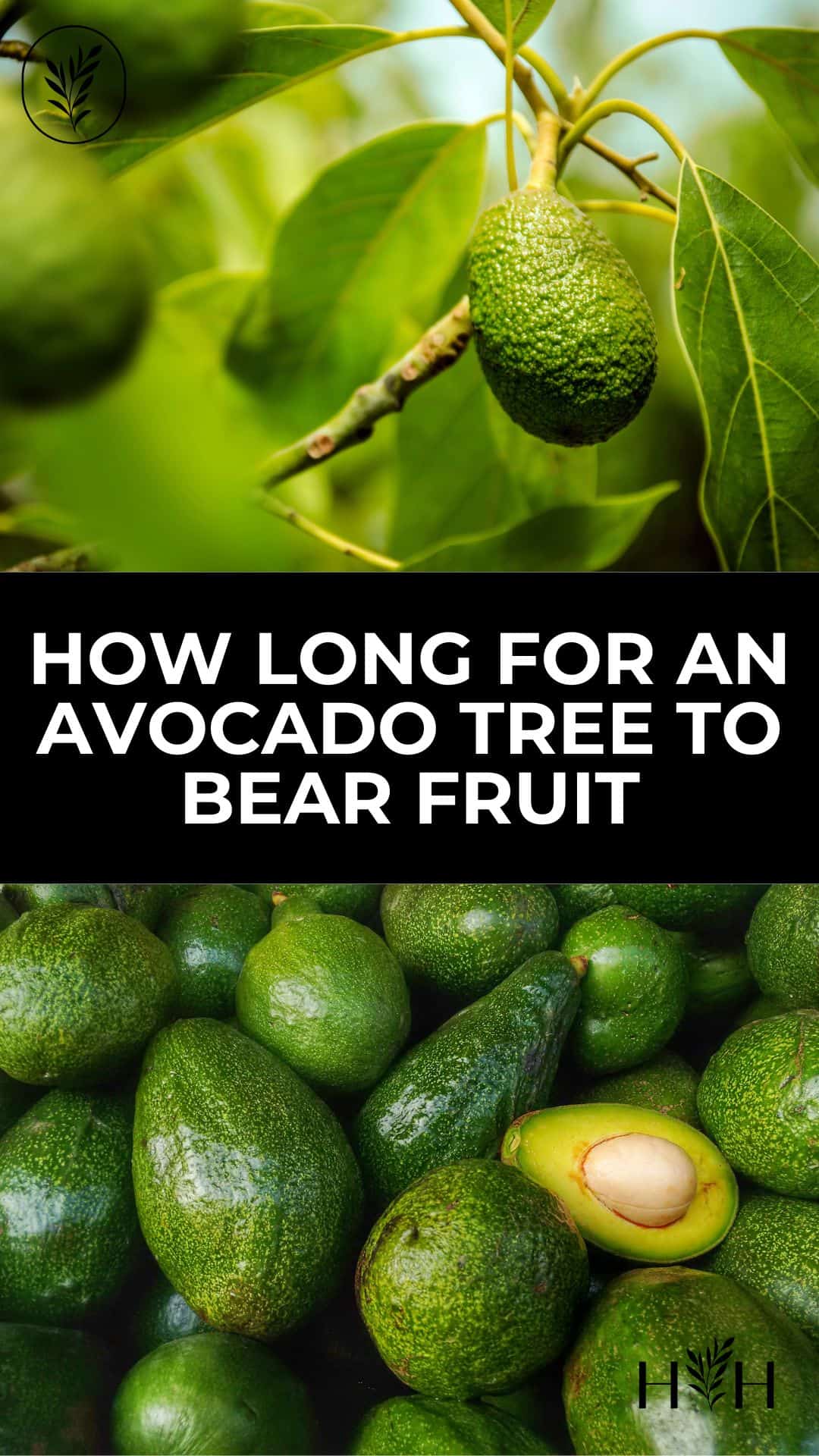It’s a common dream for many gardeners to have an avocado tree that bears fruit. It can seem like a daunting task, but with the right knowledge and some patience, you’ll soon be enjoying your own homegrown avocados. How long does it take for an avocado tree to bear fruit? And what are the best ways of growing one from either nursery-bought trees or even starting from seed?
We’ll explore these topics in-depth and look at how grafting your own avocado trees may also help achieve this goal. So if you’re looking forward to harvesting those delicious avocados, read on as we uncover all the secrets about how long for an avocado tree to bear fruit.
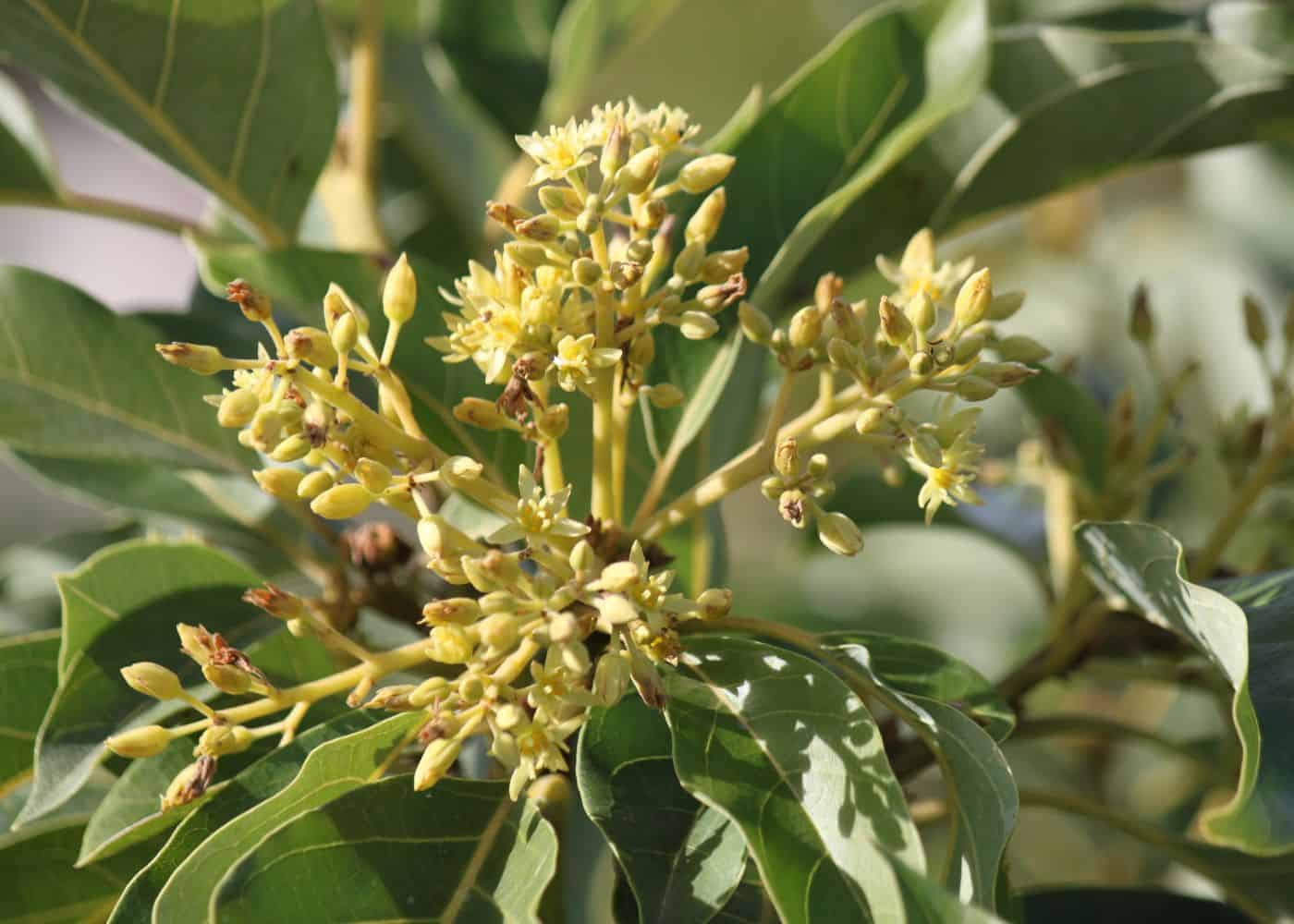
How long for an avocado tree to bear fruit?
Most varieties of avocado trees will begin bearing fruit within three to five years after planting. However, some types may take up to seven or eight years before producing their first crop of avocados. Trees in less-than-optimal growing environments may also have delayed fruiting, and indoor trees may never fruit at all.
When selecting an avocado tree for your garden, consider the variety that best suits your climate and soil conditions as well as your desired harvest time frame. Some varieties are more cold-tolerant than others and may produce earlier in cooler climates while other varieties require warmer temperatures and longer growing seasons before producing fruits. Additionally, certain types of avocados such as Hass avocados tend to produce larger crops than other varieties so if you’re looking for a large harvest sooner rather than later then this might be the right choice for you.
Though it may take a few years for an avocado tree to bear fruit, with the right conditions and care, growing avocados from nursery-bought trees can be both rewarding and enjoyable.

Growing avocados from nursery-bought fruit trees
Growing avocados from nursery-bought fruit trees is a great way to get started with your own avocado tree. Nursery-bought trees are usually already grafted and ready to go, so you don’t have to worry about the grafting process. When selecting an avocado tree from a nursery, look for one that has healthy foliage and is free of any pests or diseases. Make sure it is also labeled as being suitable for your climate zone.
When planting an avocado tree in your garden, choose a spot that gets plenty of sunlight but isn’t too hot during the summer months. The soil should be well drained and amended with organic matter such as compost or aged manure before planting. Dig a hole twice as wide as the root ball of the tree and deep enough so that when planted, the top of the root ball will be slightly above ground level. Place some mulch around the base of the tree after planting to help retain moisture in dry periods and reduce weeds growing around it.
Water newly planted avocado trees regularly until they become established; once established they only need occasional watering during dry spells or extended periods without rain (about 1 inch per week). Fertilize young trees every spring using a balanced fertilizer formulated specifically for fruit trees; mature trees can benefit from additional fertilization two times per year (spring & fall). Prune off dead branches throughout winter while avoiding pruning live branches if possible since this can slow down fruiting production on mature plants by up to two years.
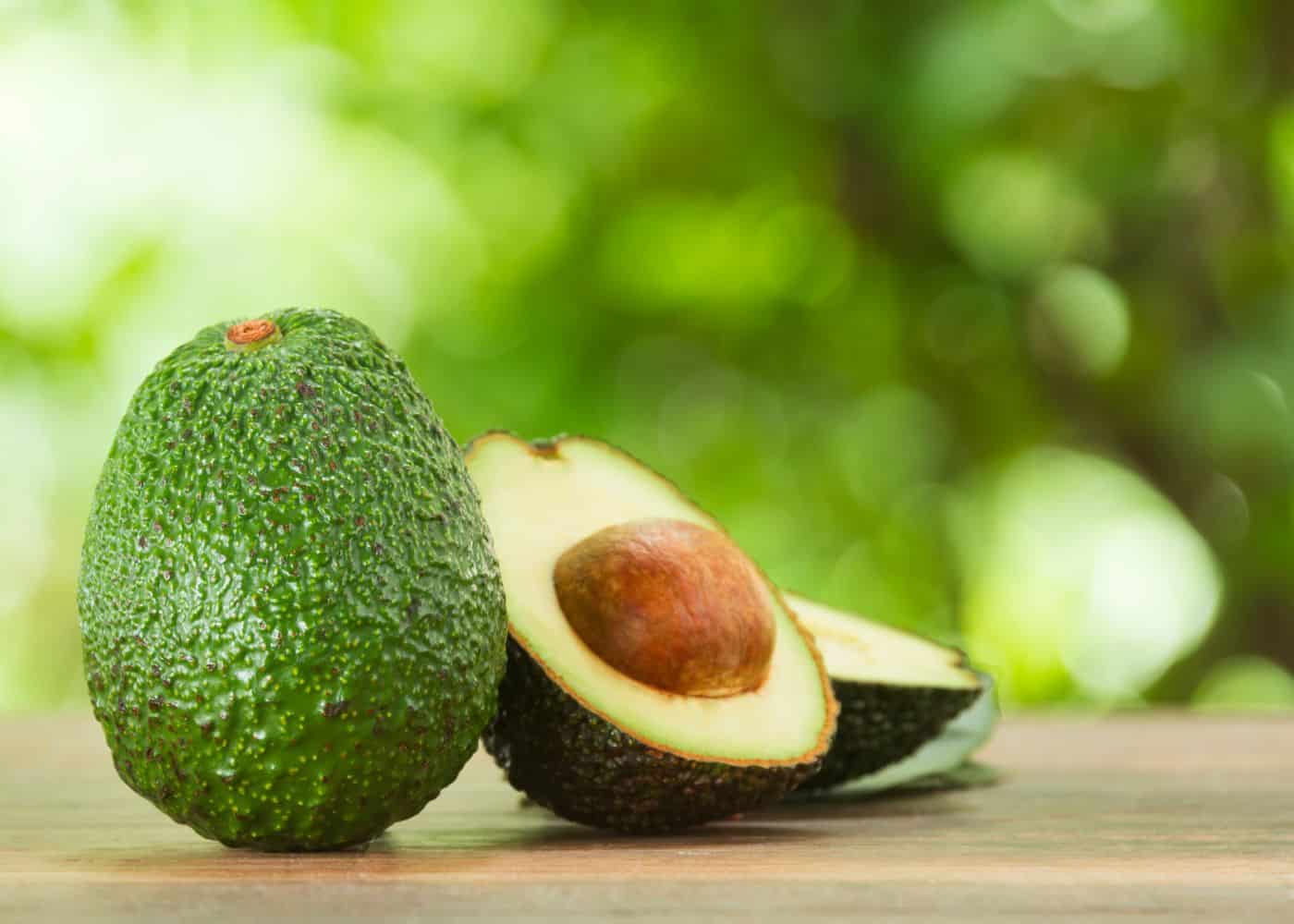
Growing avocado trees from seeds
Growing an avocado tree from a seed is a fun and rewarding project that anyone can do. It requires patience, but the results are worth it.
To start, you’ll need to find a ripe avocado with its pit still intact. Gently twist the two halves of the fruit apart and remove the pit. Rinse off any remaining flesh or skin on the pit so that only a clean brown surface remains visible.
To facilitate the growth of your avocado tree, suspend the pit over a glass of water with three toothpicks so that one-third is submerged and there is space between each toothpick for air circulation. Place this setup in an area where it will receive indirect sunlight and change out the water every few days. The time frame for roots to sprout from below and shoots to emerge from above may vary depending on environmental conditions but generally ranges from two weeks to six months.
Once these signs appear, carefully transfer your new plant into the soil by gently removing it from its original container and planting it just deep enough so that half of its length is buried beneath dirt or potting mix (make sure there’s adequate drainage). Water regularly as needed while keeping in mind not to overwater; too much moisture can lead to root rot which could kill your young sapling before it even has a chance to thrive.
Finally, place your newly planted tree somewhere sunny, like near a window or patio door where it will get plenty of natural light throughout most days; avocados require lots of sunshine if they’re going to bear fruit eventually down the line. With regular care including occasional pruning when necessary, you should have yourself an avocado tree bearing delicious fruits within five years – just make sure you give them enough love along its journey toward maturity.
With the right tools and knowledge, you can successfully grow an avocado tree from a seed. However, if you want to speed up the process and ensure a greater chance of success, consider grafting your own avocado tree.

Grafting your own avocado trees
Grafting your own avocado trees is a great way to ensure you have the best quality fruit for years to come. Grafting allows you to combine two different varieties of avocado, creating a stronger and more productive tree. It also gives you the ability to choose from multiple types of avocados, giving you access to a variety of flavors and textures.
What is grafting?
Grafting is a horticultural technique that involves joining parts from two or more plants together so they grow as one plant. The process involves cutting off part of one plant (the scion) and attaching it to another (the rootstock). This creates an entirely new plant with characteristics from both parent plants. In this case, we’ll be grafting an avocado scion onto an existing rootstock in order to create our own custom-made avocado tree.
Why avocado trees are often grafted
Grafted trees are generally much hardier than those grown from seedlings or cuttings because they have access to the nutrients provided by their combined root systems. They also tend to produce larger fruits faster than non-grafted trees, making them ideal for home gardeners who want quick results without sacrificing quality. Plus, if you’re looking for something unique, grafting can give you access to rare varieties that may not be available elsewhere.
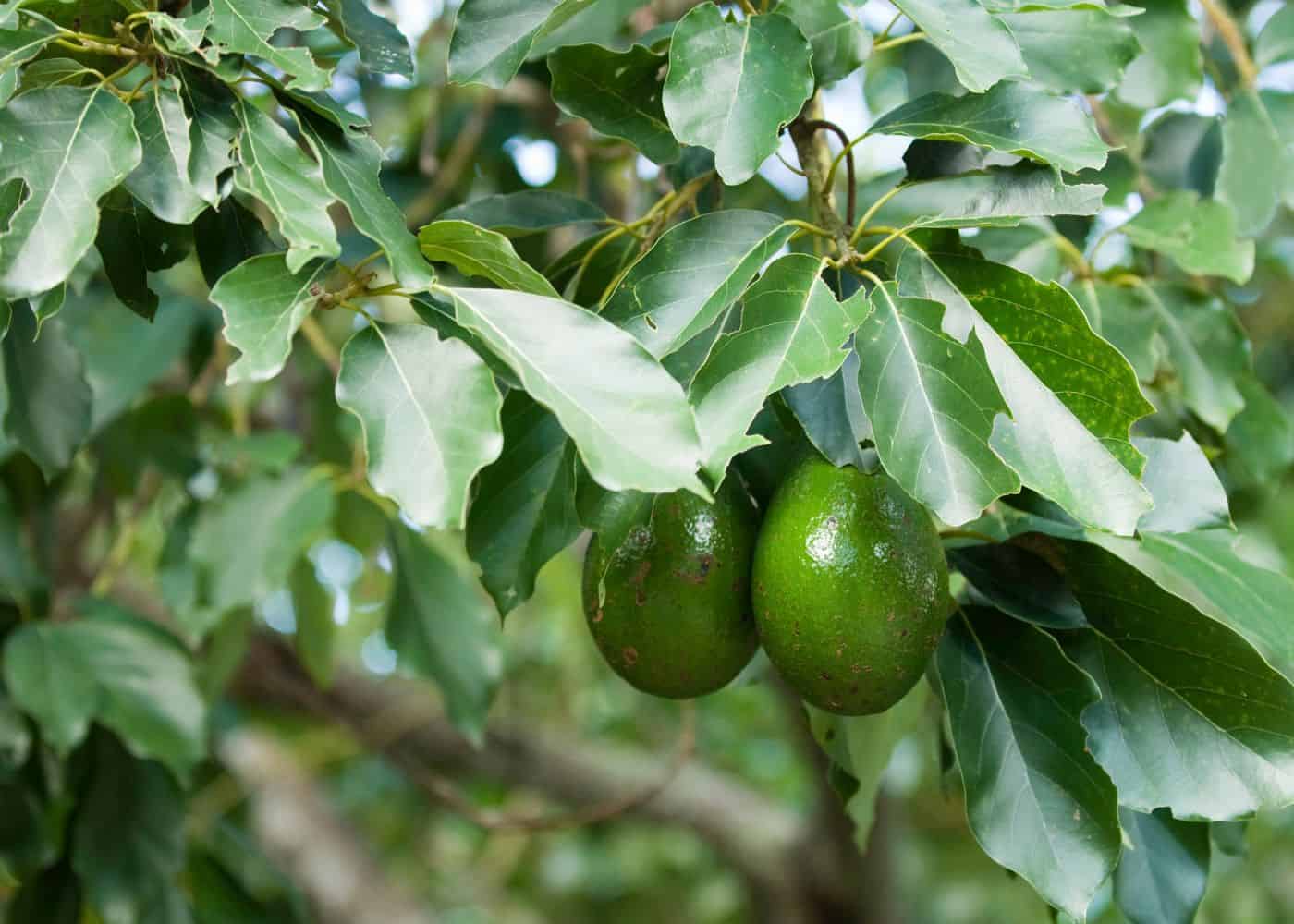
FAQs about the time needed before an avocado tree bears fruit
Do you need 2 avocado trees to get fruit?
No, you do not need two avocado trees to get fruit. Avocado trees are self-pollinating and can produce fruit on their own. However, having multiple avocado trees in close proximity will increase the number of fruits produced due to cross-pollination.
Additionally, if one tree is affected by disease or pests, having a second tree can help ensure that your crop isn’t completely lost. So while it’s not necessary to have two avocado trees for successful fruiting, it is recommended for increased yields and better overall health of your plants.
How do you make an avocado tree bear fruit faster?
Avocado trees are a great addition to any garden, but getting them to bear fruit can be tricky. To speed up the process, make sure your tree is planted in well-draining soil and receives plenty of sunlight. Prune it regularly to encourage new growth and remove dead or diseased branches. Fertilize with an organic fertilizer every two months during the growing season for optimal nutrition. Water deeply once a week, allowing the top inch of soil to dry out between waterings.
How tall is an avocado tree after 1 year?
An avocado tree can reach heights of up to 10 feet after just one year of growth, assuming an optimal growing environment. This is due to the rapid growth rate of avocados. The height will depend on the variety and how well it is cared for, but most varieties should reach at least 6-7 feet by their first birthday. With proper care and a good environment, an avocado tree can reach heights of 10 feet or more in just one year.
Before you go…
It may take several years for your avocado tree to bear fruit, but the wait is worth it. With patience and proper care, you can have fresh avocados right off of your own backyard trees in no time. So don’t give up hope if you long for an avocado tree to bear fruit – with some dedication and effort, you’ll get there soon enough.
Resources
- Tips for growing avocado trees indoors
- Everything you need to know about planting avocado trees
- How to fertilize an avocado tree
- How to prune an avocado tree
- When to graft avocado trees
References
- Jukes, J. (2017). How to Grow Your Avocado. CreateSpace Independent Publishing Platform.
- Schaffer, B. A., Wolstenholme, B. N., & Whiley, A. W. (2013). The Avocado: Botany, Production and Uses (pp. 61-63). CABI.
- How to Grow Your Own Avocado Tree from the Seed
- Reich, L. (2012). Grow Fruit Naturally: A Hands-on Guide to Luscious, Home-grown Fruit (pp. 86-89). Taunton Press.
Need more info?
Are you interested in learning more about how to grow an avocado tree that bears fruit? Here are our best articles about it!


